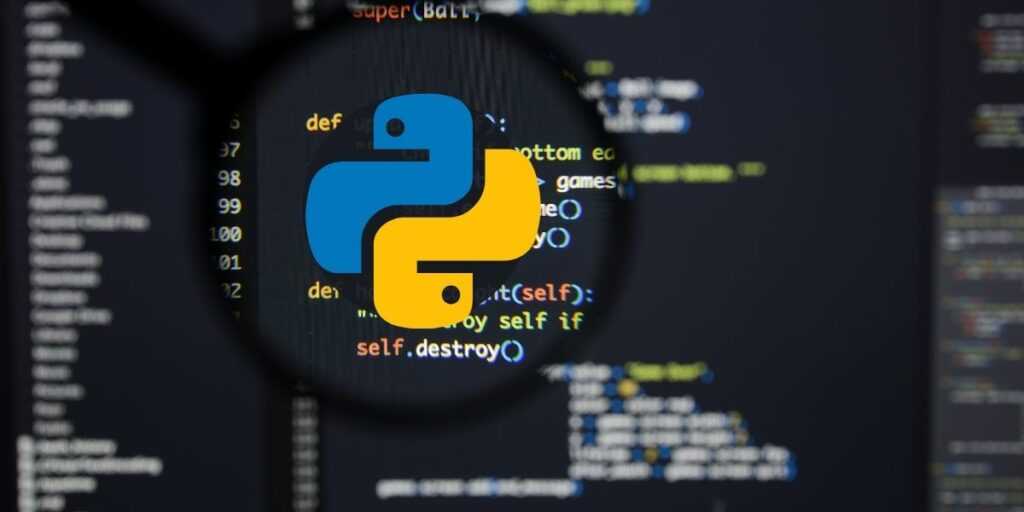Personal Career & Learning Guide for Data Analyst, Data Engineer and Data Scientist
Python is a popular programming language that is widely used in the business world for data analysis and other complex calculations. One of the features that makes Python a great tool for business analytics is its support for sets. Sets are a built-in data type that allows you to store unique values in a collection. This makes sets a powerful tool for managing and analyzing large amounts of data.
For example, in the field of marketing, you might want to analyze customer data to determine which products are the most popular. By using sets, you can store the unique product names in a collection, eliminating duplicates and making it easier to perform data analysis.
Another example is in the field of finance, where you may need to track stock prices over time. By using sets, you can store the unique dates in a collection, making it easy to calculate the performance of each stock over a specific time period.
Sets are also useful for removing duplicate values from data sets. For example, if you have a database of customer emails, you can use sets to ensure that each email address is unique. This is important because duplicate values can skew data analysis results and make it more difficult to reach accurate conclusions.
One of the benefits of using sets in Python is that they are efficient and fast. Python uses a data structure known as a hash table to store sets, which makes it possible to perform operations on sets in O(1) time, regardless of the size of the set. This makes sets a great choice for data analysis, where speed is often critical.
In a nutshell, I would like to say that, sets are a valuable tool for businesses that rely on data analysis. By using sets, you can easily manage and analyze large amounts of data, remove duplicates, and perform fast and efficient data analysis. Whether you’re working in finance, marketing, or another field, Python’s support for sets makes it a powerful tool for business analytics.
Python for Business Analytics – Chapter 8: Set
 Loading...
Loading...
Latest end-to-end Learn by Coding Projects (Jupyter Notebooks) in Python and R:
All Notebooks in One Bundle: Data Science Recipes and Examples in Python & R.
End-to-End Python Machine Learning Recipes & Examples.
End-to-End R Machine Learning Recipes & Examples.
Applied Statistics with R for Beginners and Business Professionals
Data Science and Machine Learning Projects in Python: Tabular Data Analytics
Data Science and Machine Learning Projects in R: Tabular Data Analytics
Python Machine Learning & Data Science Recipes: Learn by Coding
R Machine Learning & Data Science Recipes: Learn by Coding
Comparing Different Machine Learning Algorithms in Python for Classification (FREE)
There are 2000+ End-to-End Python & R Notebooks are available to build Professional Portfolio as a Data Scientist and/or Machine Learning Specialist. All Notebooks are only $29.95. We would like to request you to have a look at the website for FREE the end-to-end notebooks, and then decide whether you would like to purchase or not.
